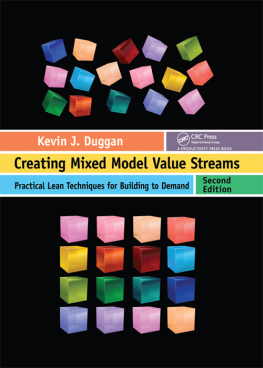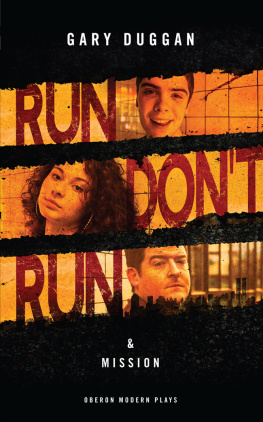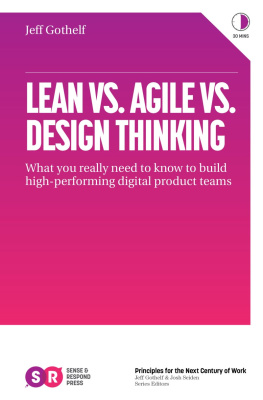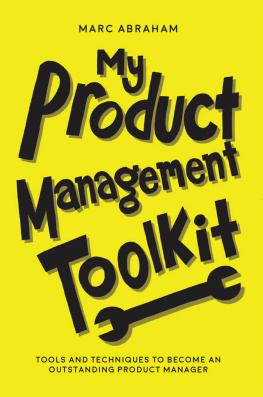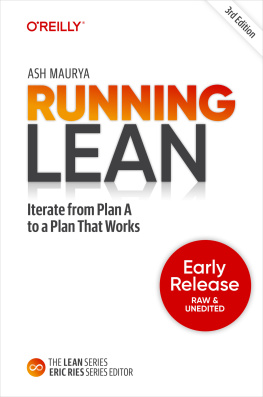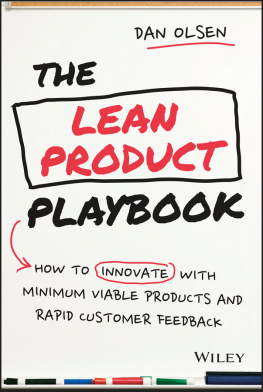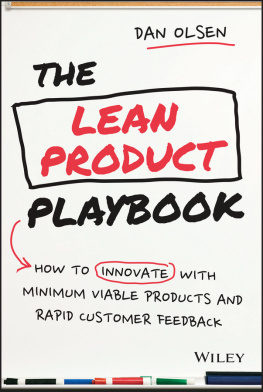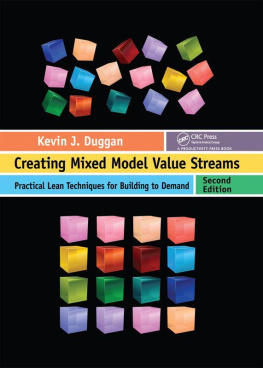
Creating Mixed Model Value Streams
Practical Lean Techniques
for Building to Demand
Second Edition
Kevin J. Duggan

CRC Press
Taylor & Francis Group
6000 Broken Sound Parkway NW, Suite 300
Boca Raton, FL 33487-2742
2013 by Kevin J. Duggan
CRC Press is an imprint of Taylor & Francis Group, an Informa business
No claim to original U.S. Government works
Version Date: 20120601
International Standard Book Number-13: 978-1-4665-7872-2 (eBook - ePub)
This book contains information obtained from authentic and highly regarded sources. Reasonable efforts have been made to publish reliable data and information, but the author and publisher cannot assume responsibility for the validity of all materials or the consequences of their use. The authors and publishers have attempted to trace the copyright holders of all material reproduced in this publication and apologize to copyright holders if permission to publish in this form has not been obtained. If any copyright material has not been acknowledged please write and let us know so we may rectify in any future reprint.
Except as permitted under U.S. Copyright Law, no part of this book may be reprinted, reproduced, transmitted, or utilized in any form by any electronic, mechanical, or other means, now known or hereafter invented, including photocopying, microfilming, and recording, or in any information storage or retrieval system, without written permission from the publishers.
For permission to photocopy or use material electronically from this work, please access www.copyright.com (http://www.copyright.com/) or contact the Copyright Clearance Center, Inc. (CCC), 222 Rosewood Drive, Danvers, MA 01923, 978-750-8400. CCC is a not-for-profit organization that provides licenses and registration for a variety of users. For organizations that have been granted a photocopy license by the CCC, a separate system of payment has been arranged.
Trademark Notice: Product or corporate names may be trademarks or registered trademarks, and are used only for identification and explanation without intent to infringe.
Visit the Taylor & Francis Web site at
http://www.taylorandfrancis.com
and the CRC Press Web site at
http://www.crcpress.com
As Ive traveled the world teaching mixed model, Ive been challenged by many inquisitive readers who have stimulated my thoughts into new areas and new learning. Therefore, I dedicate this book to you, the reader, for your valuable insights and feedback that have kept me doing what I enjoy doing most: learning and teaching.
Foreword
T he Toyota Production System (TPS) is elegant in its simplicity, yet complex when you consider all the aspects of this system of production. It is easy to understand the general concepts, and once the system is set up, each associate has a clear understanding of his or her roles and responsibilities. Simple visual management techniques help ensure each person will know what to do in every conceivable situation. Yet, managers and engineers are often perplexed when it comes to designing and setting up their own Lean systems.
In the past, the most common approaches to solving these design problems were to hire an ex-Toyota guy as a consultant and hope he could figure it out, or go to a Toyota plant and hope you could copy what you see for your system, or throw up your hands and say this will not work here. None of these options are very satisfying approaches. The ex-Toyota guy may not be able to translate the principles he saw at Toyota into your system. Copying what you see is doomed to failure, unless your conditions happen to be the same as those in the plant you visit. Those of us who get to see many different implementations of the Toyota Production System know how robust it is across many different industries, labor relations situations, and product demand conditions. In short, TPS will work in many places, but it has to be properly applied.
In the mid-1990s, the companies trying to apply TPS were mostly auto and they were predominantly in the mode of copying and using ex-Toyota consultants. Little did they know that Toyota had developed a mapping method that could greatly improve their approach. The methodology was used extensively by Toyotas Operation Management Consulting Division in Japan, primarily to work with suppliers, and then used as a core tool by the Toyota Supplier Support Center in the United States, which was set up to work with U.S. companies outside of Toyota plants. The map simply focused on the flow of material and information. At this point, there were no organizational structures, nor technical details about individual processes. It was a 5,000-foot view of how material and information flows through a facility. You map the current situation and identify the waste that impedes the flow. There are a lot of Ahas! Next, you develop a future-state vision with the help of icons peculiar to TPS. You then develop a detailed action plan to get to the future statewhat, when, and who.
Toyota had TPS experts who did this analysis and often did not even share it with their clients. Mike Rother and John Shook took this methodology and made it available to the masses in their book Learning to See (The Lean Enterprise Institute, 1998). This book has become a best seller in the Lean publishing world because it helps put the pieces together, showing mere mortals how this method works in a system of material and information flow.
However, Learning to See does have its limitations. Its purpose was to introduce the icons, the drawing methodology, the philosophy, and the overall process of going from current, to future, to action plan. It did this and was a great primer on TPS to boot. It focused on a company that was very much like the cases the TPS experts in Toyota saw time after time. A typical supplier who ships direct to Toyota has the following characteristics:
1. A mature product changing in an evolutionary way: Minor changes every two to three years and significant redesign every four to six years is typical.
2. Mass production: Producing parts for a car a minute is not uncommon.
3. Limited part options: Tens of thousands of possible vehicle configurations but made up of combinations of a few options for each component part (e.g., different color steering wheels).
4. Lots of small parts: Most can fit into totes.
5. Build for sale to the Toyota plant and a few other customers.
6. A carefully leveled schedule: Toyota makes the same number and mix of cars every day over the month and works hard to keep the schedule level. This leads to a leveled demand for engines, body parts, and all supplied parts, and allows for minimum inventory in buffers.
7. A long-term contract with Toyota.
We are typically looking at a basic manufacturing operation. When you are trying to introduce a mapping methodology, a process, and a philosophy, why use a complex case example that has all kinds of exceptions to the rule and complex alternative solutions?
Nevertheless, unfortunately the world is not that simple. You may be selling to many customers, with varying requirements, who demand their product on short notice, who require highly engineered custom products, and who do not give you multiyear contracts. So what should you do? As a teacher and advisor in industry, the most common question I am asked is: What about me? My company is complex.

